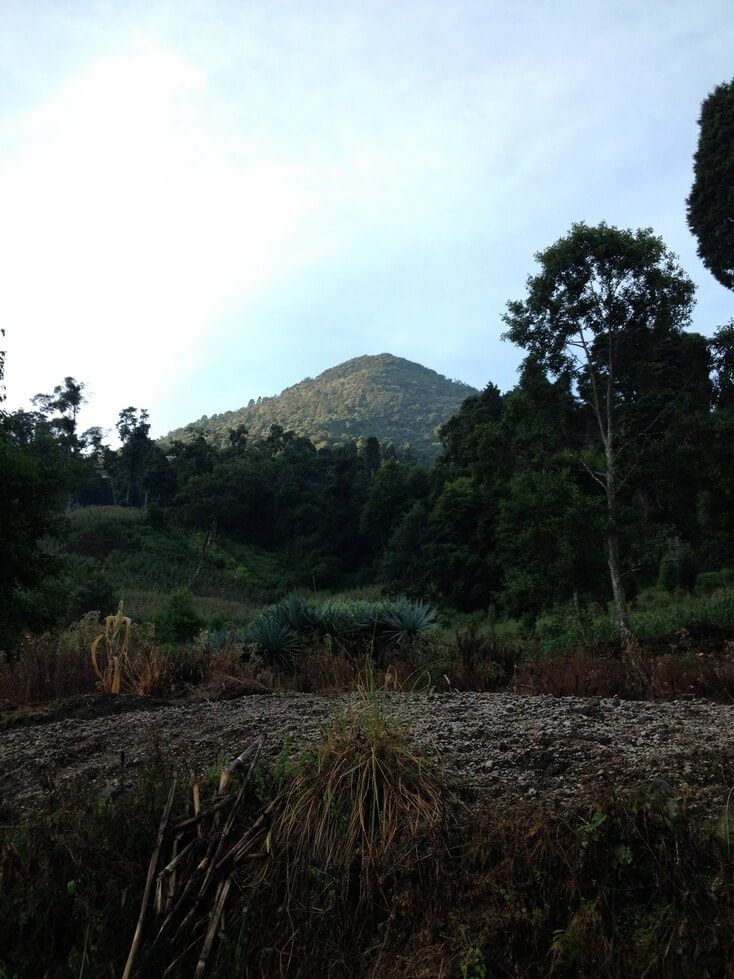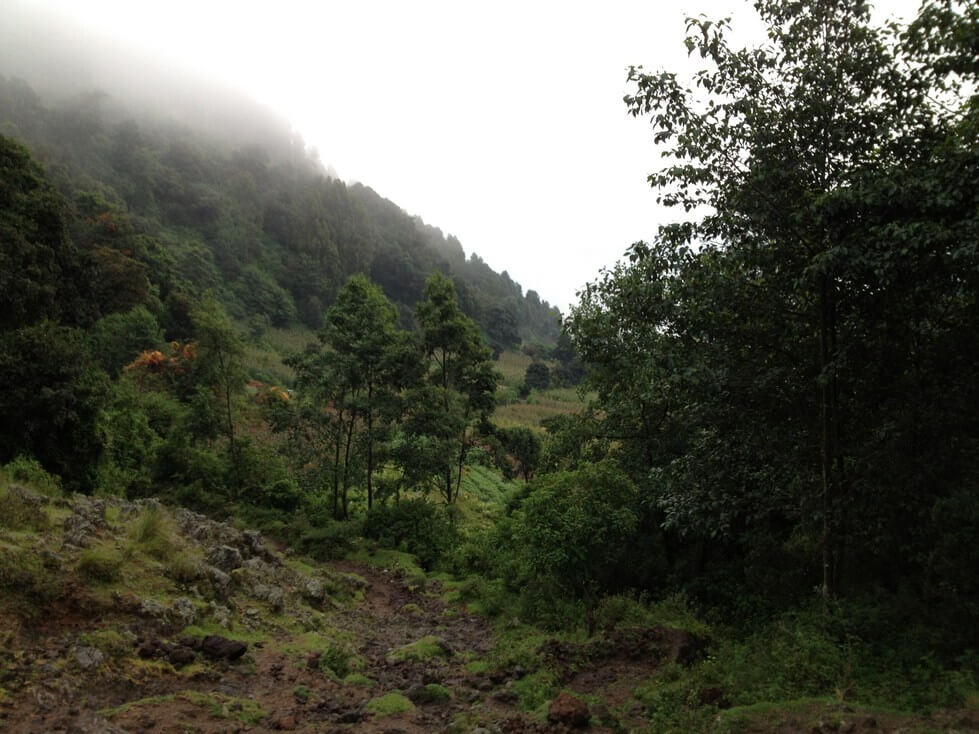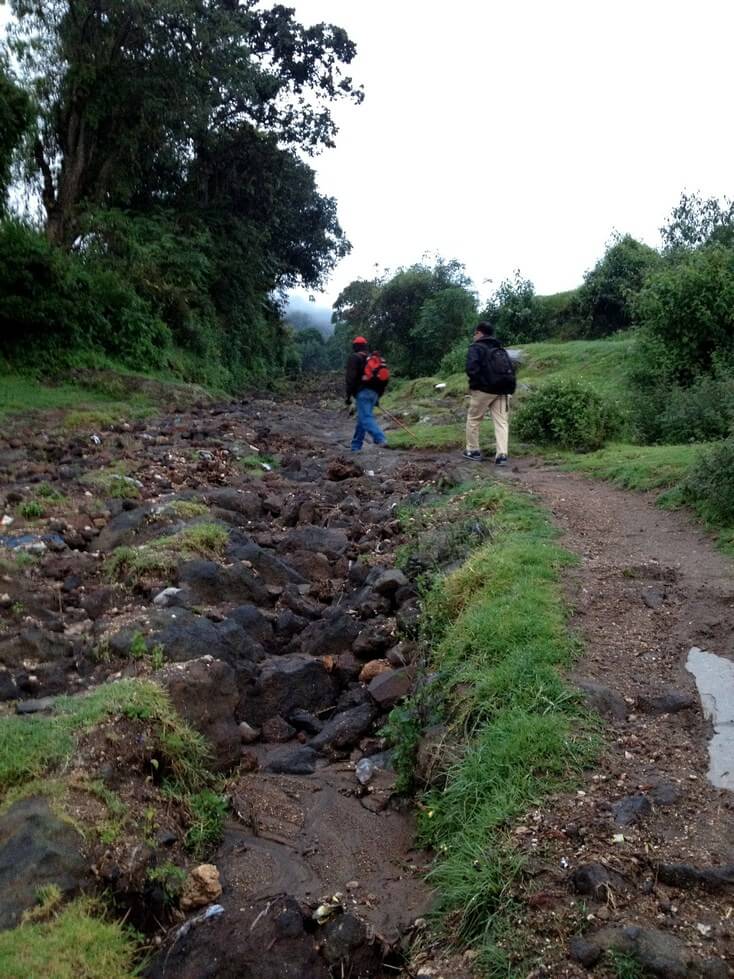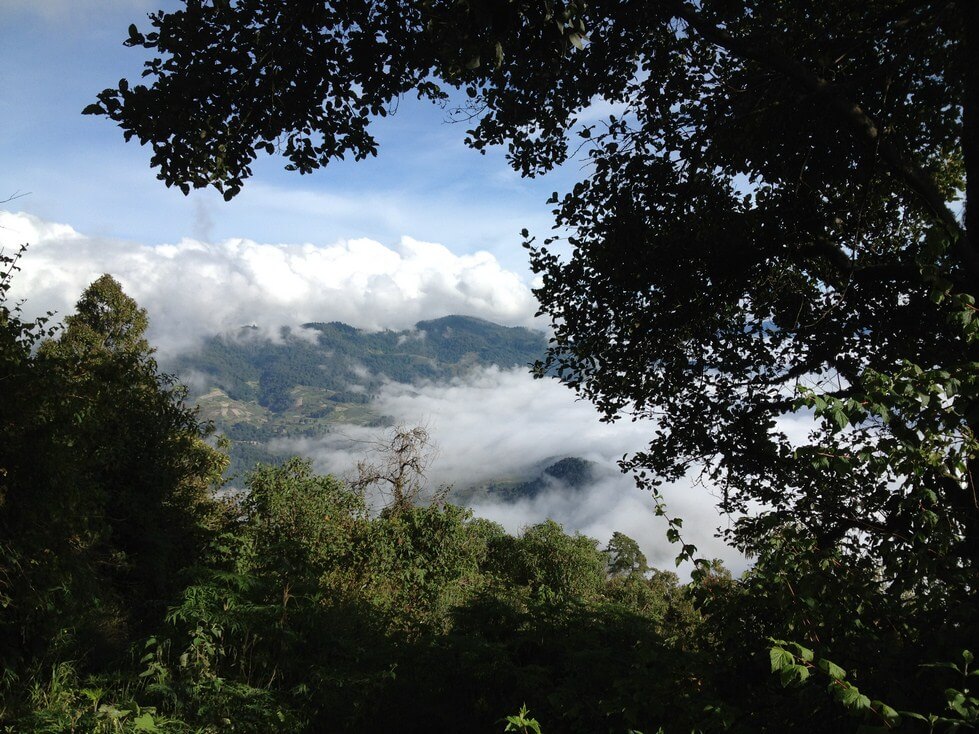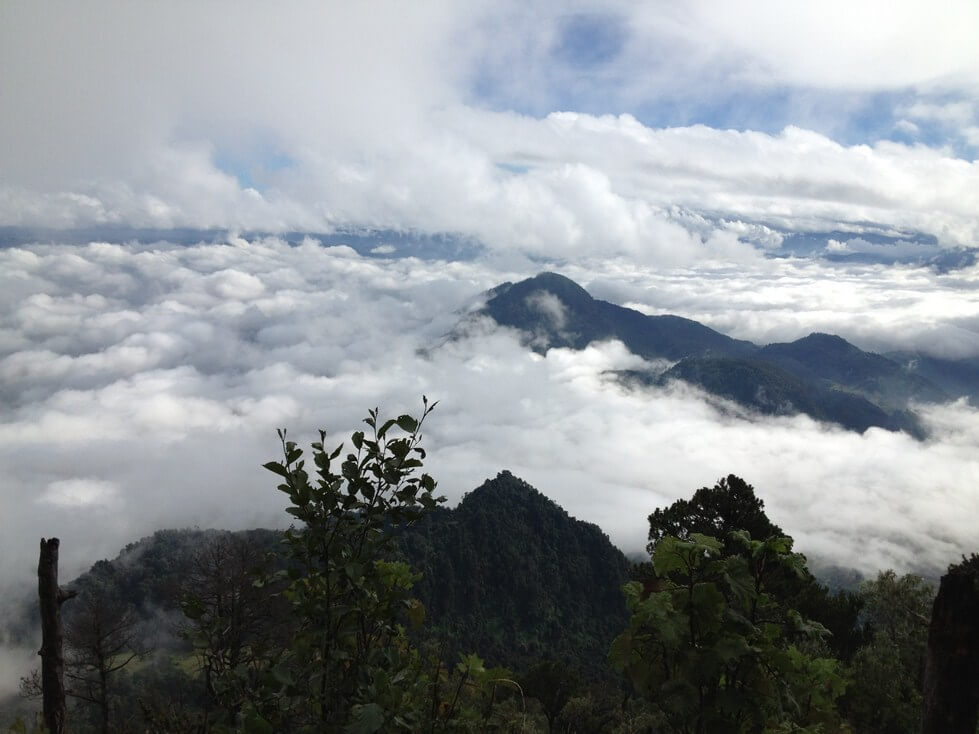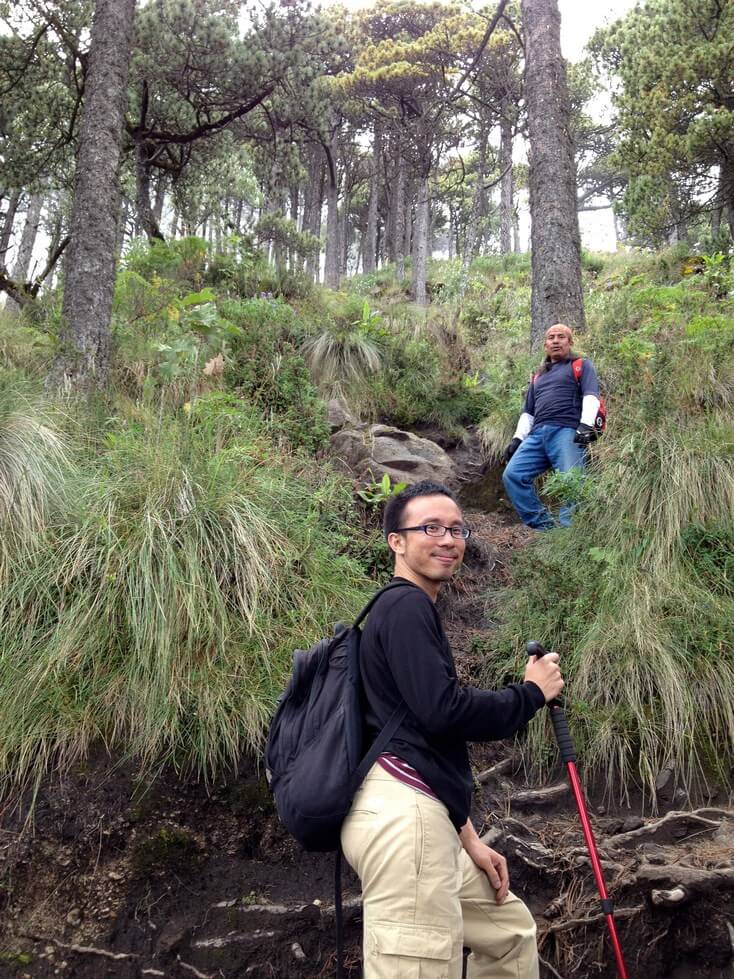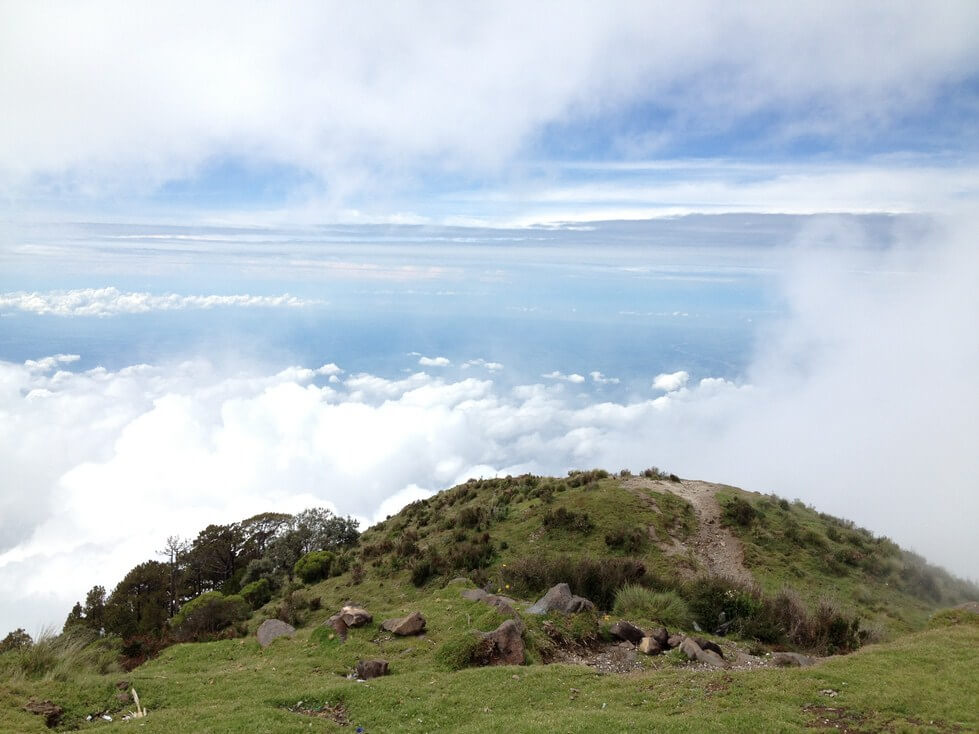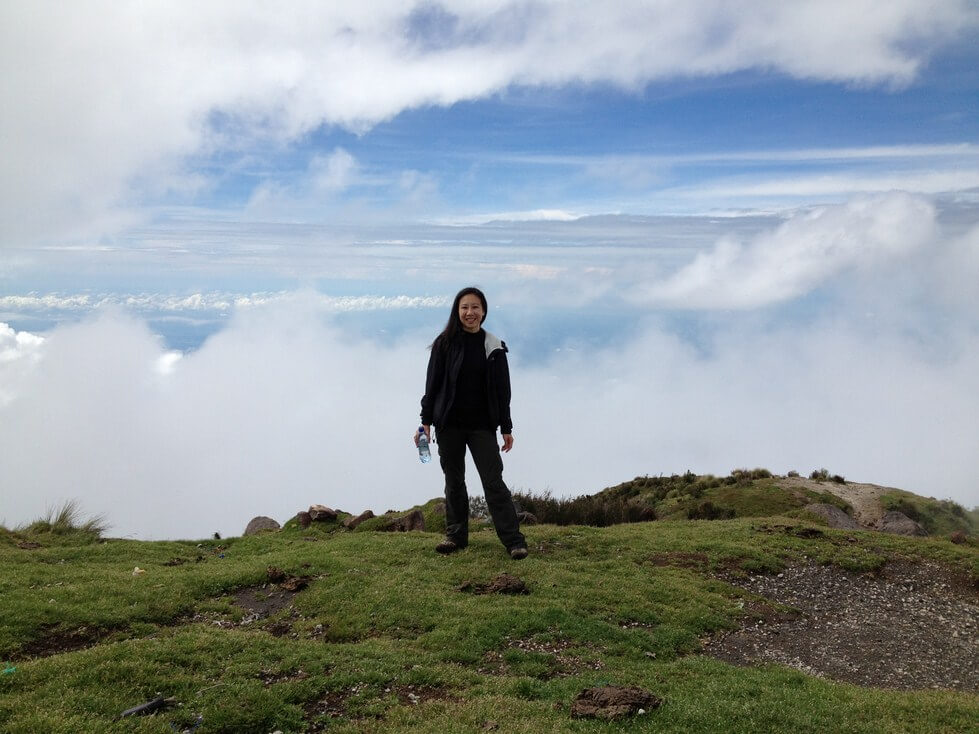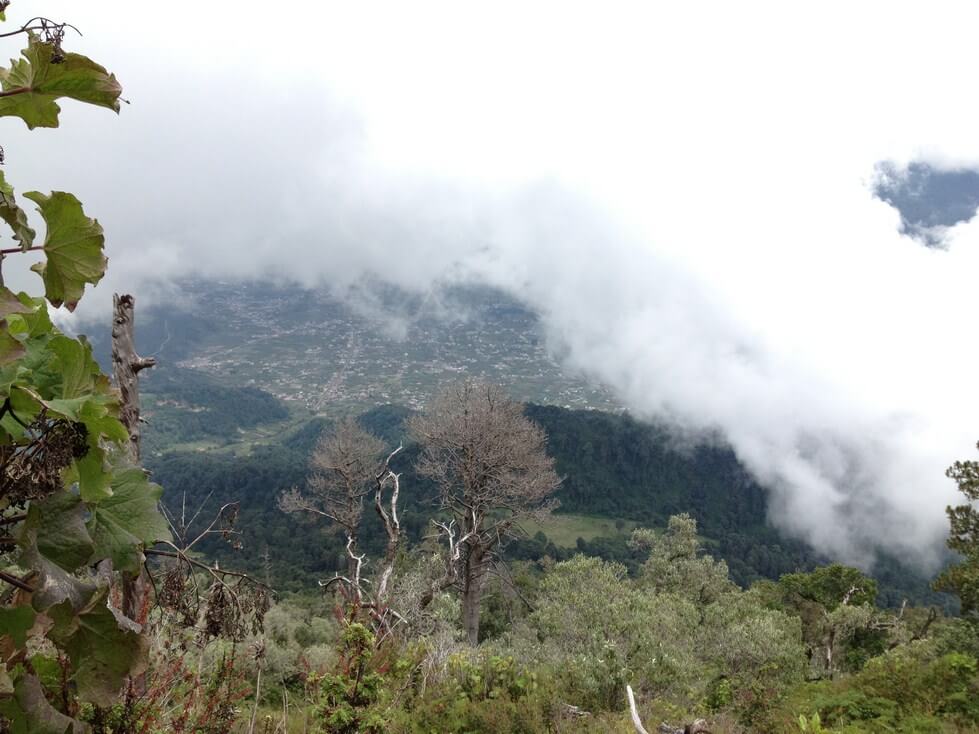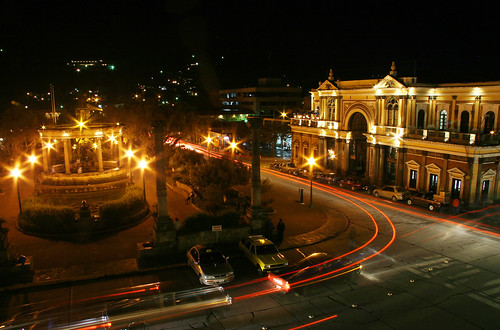
Xela, from the roof of PLQE
I’m sure it’s obvious, from all my recent posts, that I had an amazing two weeks in Guatemala. I had such a wonderful time that I didn’t want to leave. I just wanted to settle in and stay in Xela for another month or two.
If you’re interested in taking a Spanish-learning trip, I couldn’t recommend PLQE more. I learned more Spanish in two weeks there than in my whole life, combined. Sure, I still have a long way to go to achieve proficiency. But before I went, I only knew the present tense and the basic future (ir + a + infinitive). Now, I’ve learned the pretirite and the imperfect, and can actually talk like a real person (well, like a total Spanish newbie)—but at least I don’t have to talk about the past using the present tense! I’ve also found that I can understand much more now than three weeks ago.
And this is going to sound so cheesy, too—cue the sappy music—but the whole time I was at PLQE, I was really inspired by everyone around me: My teachers, who taught me a ton and shared stories about their own hardships. MyВ host family in Xela, who were so warm and welcoming that I felt at home there, even though it was just for one week. My host family at the Mountain School, who always gave me lots to eat, even though they didn’t have much, themselves.
And my fellow students. Like me, most were in their late 20s to late 30s and at transitional points in their lives, between degree programs or careers or relationships (or some combination of those). Each person had an interesting story of why he or she was there. But unlike me, most were staying longer—which I was very envious of!
When I first came to PLQE, I was dreading the graduation ceremony where I’d have to present—in Spanish—something to demonstrate my newfound language prowess. And though I was super-nervous, my presentation went well. I made a list, entitledВ “10 Maneras Para Saber Si Tu Eres Un Estudiante de PLQE”В (“10 Ways to Know If You’re a PLQE Student”) and comprised of inside jokes about the school. Thankfully, people laughed.

PLQE set up for the weekly graduation ceremony
Everyone else’s presentations impressed me—their talents were so diverse! One woman salsa danced (really well, I might add), one guy freestyled in Spanish and English, another performed a dramatic monologue. Others told jokes, read poems or played the guitar. Admittedly, I spend so much time in my ballet/writing world, that I’m always awed and very appreciative when I see other peoples’ passions on display—especially when they’re in a language they just learned!

Carlos, PLQE’s director, giving out diplomas
I’m not a spontaneous person, but I booked this trip on a whim. I didn’t research any other schools and only did a quick Google search on Xela to make sure the city hadn’t been hit by some natural disaster before buying my ticket. I couldn’t be happier with how it turned out. It was really one of the most rewarding trips I’ve ever taken.







